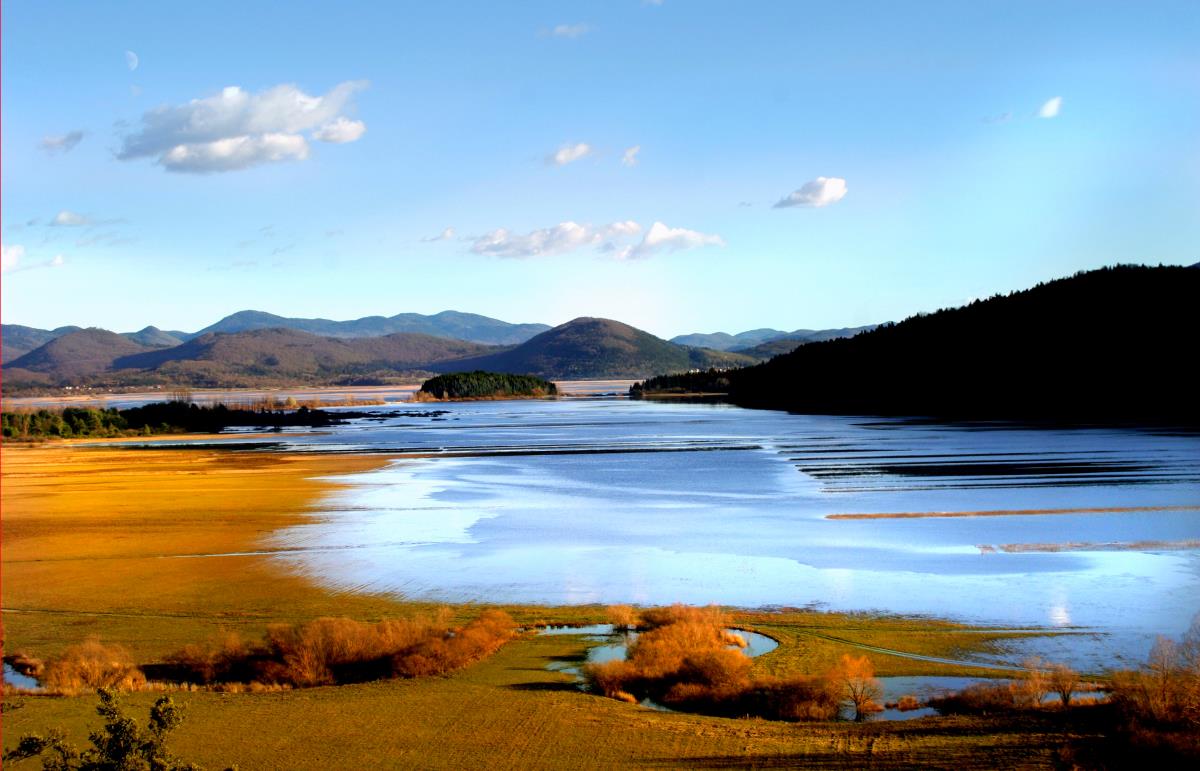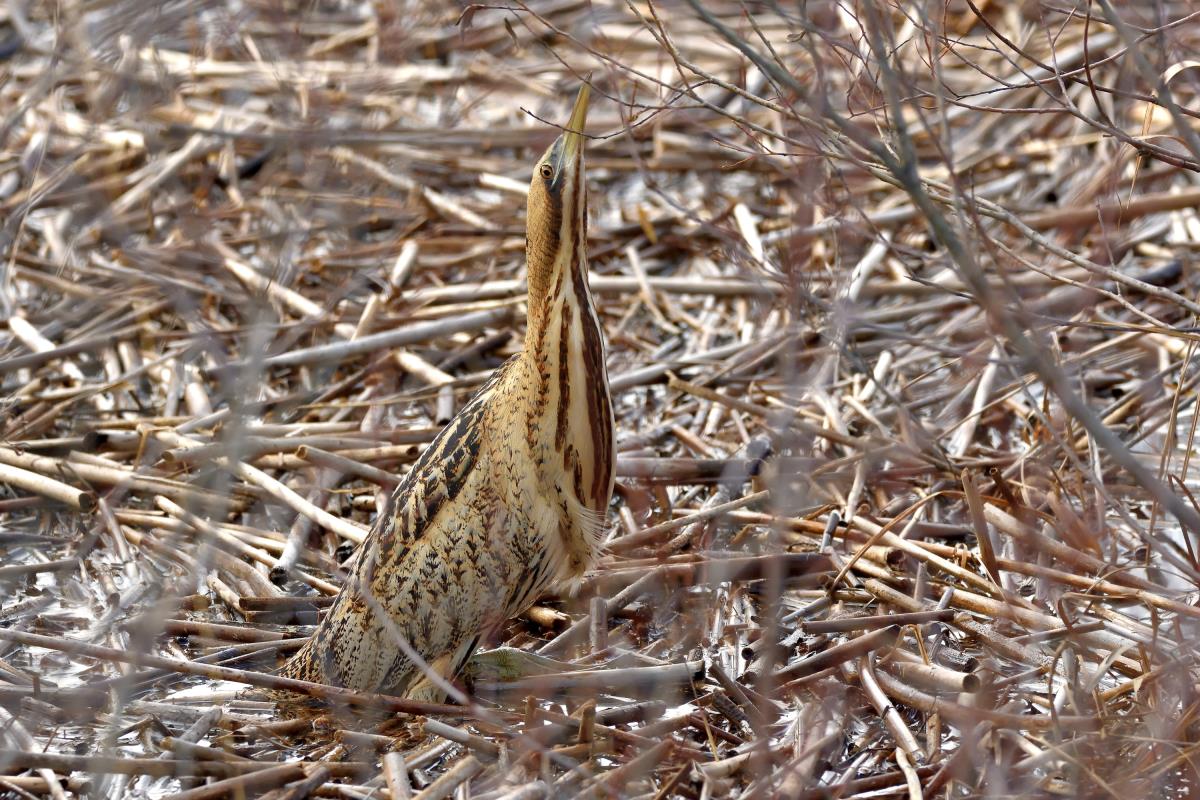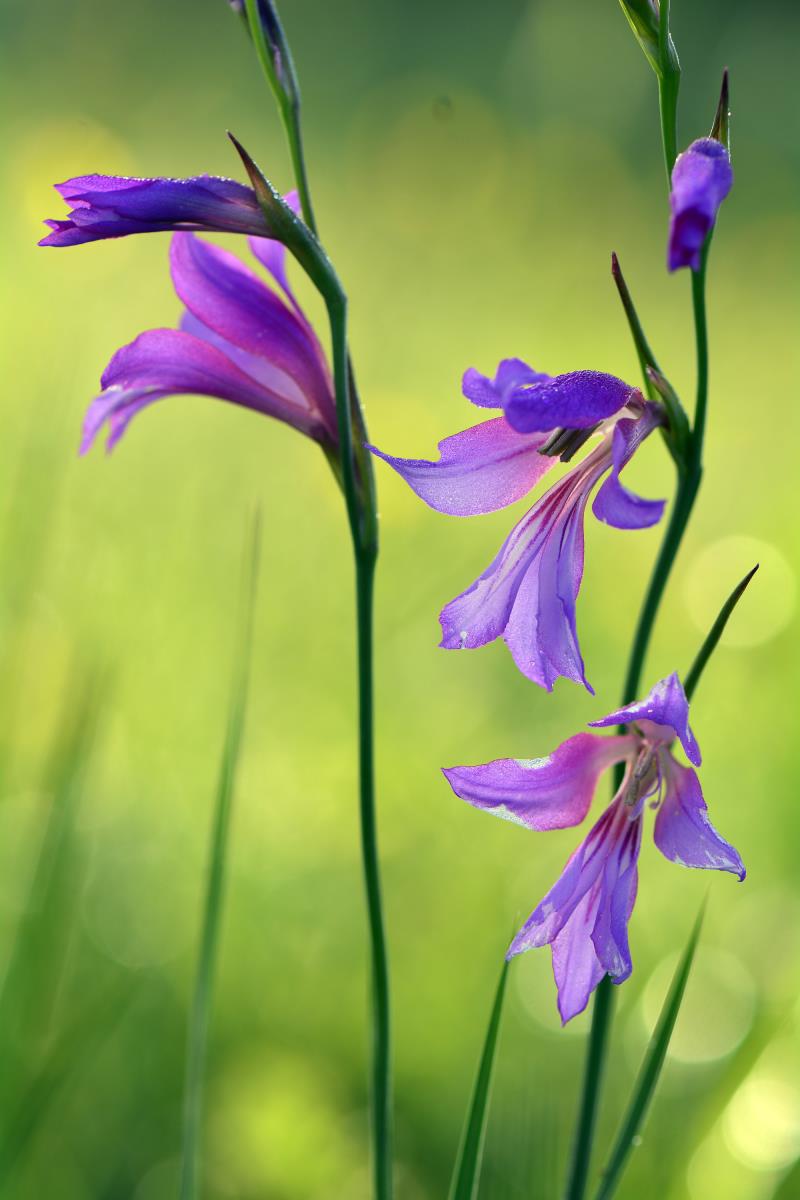NOTRANJSKA REGIONAL PARK
Category of protection: Regional park
Year of protection: 2002
Location
Notranjska Regional Park is located within the boundaries of Cerknica municipality and covers an area of 222 square kilometres.
History
Notranjska Regional Park was established in 2002.
Tourism
Looking for big tourist facilities in the Notranjska region would be in vain. Instead, you can enjoy the hospitality and plainness of smaller tourist farms, restaurants and numerous accommodation types.
Notranjska Regional Park provides activities for everybody. They range from short and long walks by beautiful natural and cultural sights, to boating, cycling, panoramic rides on horse-drawn carriage, explorations of caves and observing wild animals. It is also a paradise for bird-lovers: more than 270 different birds have been spotted here. The waters of Lake Cerknica and the surroundings hide fish species that attract fishing enthusiasts from near and afar.
Notranjska Regional Park provides activities for everybody. They range from short and long walks by beautiful natural and cultural sights, to boating, cycling, panoramic rides on horse-drawn carriage, explorations of caves and observing wild animals. It is also a paradise for bird-lovers: more than 270 different birds have been spotted here. The waters of Lake Cerknica and the surroundings hide fish species that attract fishing enthusiasts from near and afar.
Natural values
Flora
Slopes, plains, forests and ravines of the Notranjska Regional Park are home to many species, which enchant even the most demanding plant enthusiast. In the multitude of common, but nevertheless beautiful flowers, thrive carnivorous plants, as well as rare, endangered and native species.
Fauna
The area features remarkable wildlife diversity, making the Notranjska Regional Park one of Slovenia's biodiversity hotspots. At Lake Cerknica more than 270 different birds have been spotted. The area is home to 50% of mammal, 25% of amphibian and 30% of butterfly species found in Europe. Current surveys also state 690 different types of beetles and 43 different types of dragonflies.
Slopes, plains, forests and ravines of the Notranjska Regional Park are home to many species, which enchant even the most demanding plant enthusiast. In the multitude of common, but nevertheless beautiful flowers, thrive carnivorous plants, as well as rare, endangered and native species.
Fauna
The area features remarkable wildlife diversity, making the Notranjska Regional Park one of Slovenia's biodiversity hotspots. At Lake Cerknica more than 270 different birds have been spotted. The area is home to 50% of mammal, 25% of amphibian and 30% of butterfly species found in Europe. Current surveys also state 690 different types of beetles and 43 different types of dragonflies.
Sights
Natural sights:
Mountain peaks with breath-taking views, colourful meadows, an intermittent lake, natural bridges, mystical underground world, crystal-clear streams and magical forests - all on 222 square kilometres of Notranjska regional park.
Lake Cerknica
The lake normally stays on the Cerknica plain for about eight months a year. When full, Lake Cerknica becomes the largest lake in Slovenia. During the dry season, the lake disappears, which enables paddling, fishing, hiking or grass mowing in the same area in just one year. It is one of the largest intermittent lakes in Europe.
Rakov Škocjan valley
The Rakov Škocjan valley is a karst valley which was created when the ceiling of a karst cave began sinking and collapsing. This is proven by the 42-meter Little Natural Bridge, the 37-meter Big Natural Bridge and two gorges behind them. It was nominated to be included on the UNESCO World Heritage List.
Križna jama cave
This cave is one of the most beautiful tourist water caves in Slovenia. 22 emerald lakes are connected by an underground crystal-clear stream, within side passages ancient bones of cave bears can be seen, and by the number of specialised cave dwellers, the cave ranks among the richest caves in the world.
Mount Slivnica
This bald-peaked hill is a popular destination for hikers, who can access the mountain lodge located beneath the peak from each of the villages at the base.
Javorniki hills
The magical beech and fir forest of the Javorniki remains wild and mysterious despite its proximity to Slovenia's capital Ljubljana. It is home to bear, wolf and lynx.
Menišija plateau
The Menišija is a high forested karst plateau, approximately 15 km long and 6 km wide. On the plateaus the laws of nature and its wildest representatives rule. Here, for nature enthusiasts, time flies too fast.
Iška and Zala gorges
The crystal-clear Zala and Iška rivers have carved their riverbeds in picturesque gorges in the most northern part of the Notranjska Regional Park, and with their character, added some Alpine touch to the Notranjska region.
Mountain peaks with breath-taking views, colourful meadows, an intermittent lake, natural bridges, mystical underground world, crystal-clear streams and magical forests - all on 222 square kilometres of Notranjska regional park.
Lake Cerknica
The lake normally stays on the Cerknica plain for about eight months a year. When full, Lake Cerknica becomes the largest lake in Slovenia. During the dry season, the lake disappears, which enables paddling, fishing, hiking or grass mowing in the same area in just one year. It is one of the largest intermittent lakes in Europe.
Rakov Škocjan valley
The Rakov Škocjan valley is a karst valley which was created when the ceiling of a karst cave began sinking and collapsing. This is proven by the 42-meter Little Natural Bridge, the 37-meter Big Natural Bridge and two gorges behind them. It was nominated to be included on the UNESCO World Heritage List.
Križna jama cave
This cave is one of the most beautiful tourist water caves in Slovenia. 22 emerald lakes are connected by an underground crystal-clear stream, within side passages ancient bones of cave bears can be seen, and by the number of specialised cave dwellers, the cave ranks among the richest caves in the world.
Mount Slivnica
This bald-peaked hill is a popular destination for hikers, who can access the mountain lodge located beneath the peak from each of the villages at the base.
Javorniki hills
The magical beech and fir forest of the Javorniki remains wild and mysterious despite its proximity to Slovenia's capital Ljubljana. It is home to bear, wolf and lynx.
Menišija plateau
The Menišija is a high forested karst plateau, approximately 15 km long and 6 km wide. On the plateaus the laws of nature and its wildest representatives rule. Here, for nature enthusiasts, time flies too fast.
Iška and Zala gorges
The crystal-clear Zala and Iška rivers have carved their riverbeds in picturesque gorges in the most northern part of the Notranjska Regional Park, and with their character, added some Alpine touch to the Notranjska region.
Known about the unknown
Out of 142 various types of molluscs in Notranjska park 10 are endemic.
Lake Cerknica is the most well-known and studied karst phenomena in the world.
In the Vranja jama cave some 10.000 common brown frogs hibernate every winter.
The oldest technique of carving a boat out of a tree is recorded on the Cerknica Lake.
Notranjska park is home to 3 endemic plants.
Lake Cerknica is the most well-known and studied karst phenomena in the world.
In the Vranja jama cave some 10.000 common brown frogs hibernate every winter.
The oldest technique of carving a boat out of a tree is recorded on the Cerknica Lake.
Notranjska park is home to 3 endemic plants.
The area is open for visitors:
- Working hours (for visitors):
The area of Notranjska Regional Park is open for visitors at any time.
Tourist Information Centre working hours:
Monday - Saturday: 8:00 - 16:00
Sunday: 8:00 - 12:00 - Prior notice: Not needed
- Additional important information:
When visiting the Notranjska Regional Park, please respect local traditions, way of life and private property.
All vehicles must be left at designated and marked spaces.
Motorised vehicles belong to the roads. In Slovenia, driving in protected natural surroundings is prohibited by law.
Camping is only allowed on designated campsites.
Please contribute to a clean and maintained environment by taking your trash with you when you leave.
Respect the nature and do not disturb the animals. Listen to them instead.
Dogs must be leashed at all times.
Flowers are most beautiful in nature. Leave them intact so other visitors can enjoy them as well.
When visiting the Park, stay on the marked and maintained paths.
When planning a visit to the Notranjska Regional Park, check the current conditions (water level, ice thickness, fishing season, etc.) with the Tourist Information Centre.
This area is managed by Notranjska Regional Park
- Address: Tabor 42, 1380 Cerknica
- Telephone number: +386 1 709 36 36
- Official website: https://www.notranjski-park.si/en









